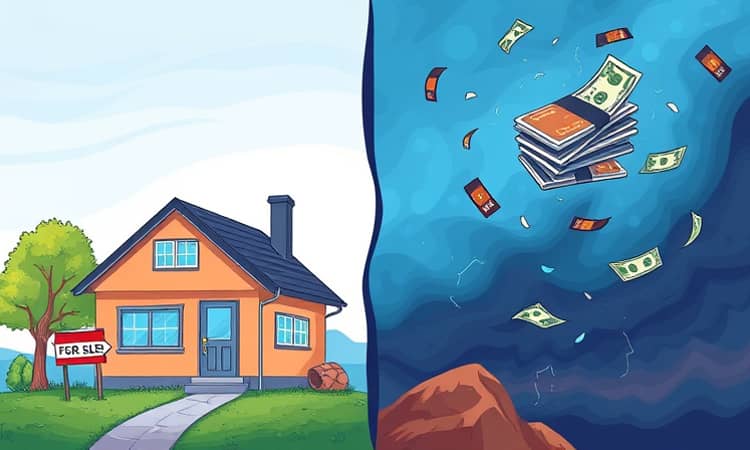When it comes to personal finance, understanding the intricacies of secured and unsecured debt can significantly affect your financial well-being. Both types of debt play critical roles in borrowing and lending practices, but they differ in crucial ways that may impact your financial decisions.
Secured debt is typically tied to collateral, which adds an extra layer of security for lenders and can often result in lower interest rates for borrowers. On the other hand, unsecured debt, while easier to obtain since it does not require any collateral, often comes with higher risks and costs.
This article seeks to dissect the definitions, functions, advantages, disadvantages, and types of secured and unsecured debt to help you make informed financial choices.
What Is Secured Debt?
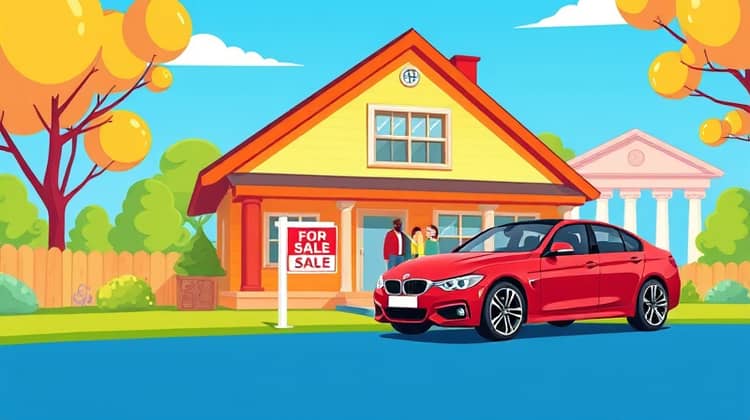
Secured debt is a type of loan or credit that is backed by collateral. This means that if the borrower fails to repay the loan, the lender has the right to seize the collateral to recoup their losses. Common forms of secured debt include mortgages, car loans, and personal loans secured with assets.
The presence of collateral generally makes lending less risky for financial institutions, leading to lower interest rates compared to unsecured loans. This can make secured debt a more attractive option for borrowers, especially those looking to make significant purchases or investments.
How Secured Debt Works

When you take on secured debt, you typically agree to terms specifying the collateral and repayment schedule. For instance, when you finance a car, the vehicle itself often serves as collateral, which the lender can repossess if you default on your loan.
This process of securing debt is beneficial because it allows borrowers to acquire things they may not otherwise afford upfront since the lender has a safety net in the form of the collateral. However, failure to maintain consistent repayments can lead to severe consequences, including the loss of the asset associated with the debt.
Pros and Cons of Secured Debt

Secured debt comes with its own set of advantages and disadvantages. On the positive side, secured loans often feature lower interest rates and better terms, making them more affordable for borrowers in the long run. Additionally, using collateral can make it easier to qualify for larger amounts of credit, especially for individuals with lower credit scores.
On the other hand, the primary downside is the risk of losing your collateral if you default on the loan. This can lead to significant financial distress, particularly if the collateral is essential for daily living, as with a home or vehicle.
- Lower interest rates compared to unsecured loans
- Better terms and larger loan amounts
- Easier approval process for borrowers with poor credit
It's crucial to weigh these pros and cons carefully when considering secured debt for financing needs. Make sure you're prepared for the responsibilities that come with such loans to protect your financial interests.
Types of Secured Debt

There are various types of secured debt, each defined by the specific collateral involved. The most common types include mortgages, where a house represents the collateral; auto loans, where the vehicle serves as collateral; and secured personal loans, which may leverage various assets such as savings accounts or property as collateral.
These secured debts are essential financial tools that allow individuals to make significant investments, obtain necessary resources, and build credit over time. However, each type comes with its own set of guidelines and conditions that borrowers must understand.
- Mortgages
- Auto Loans
- Secured Personal Loans
Before taking on any secured loan, borrowers must thoroughly understand the terms involved and the repercussions of failing to meet repayment obligations.
What Is Unsecured Debt?

Unsecured debt is a type of debt that is not backed by collateral, meaning that the lender does not have rights to any specific asset in the event of default. This includes most credit card debt, personal loans without collateral, and student loans. Because unsecured debt poses a higher risk to lenders, they typically charge higher interest rates compared to secured loans.
Borrowers benefit from unsecured debt as well, since it is often easier and quicker to obtain since it doesn’t require the risk of losing asset collateral. However, this convenience comes with its downsides, primarily the higher interest rates and the potential for higher credit scores to be required.
How Unsecured Debt Works

Unsecured debt works on a system of trust and creditworthiness. Lenders evaluate the borrower's credit history, income, and overall financial stability to determine eligibility and loan terms. Unlike secured loans, defaulting on unsecured debt doesn’t result in the loss of specific assets, but it can severely impact credit scores and prompt lenders to pursue collection actions.
If a borrower fails to repay unsecured debt, the lender may resort to legal action or send the debt to collections, which can lead to additional financial strain. This makes managing unsecured debt essential for maintaining financial health and creditworthiness.
Pros and Cons of Unsecured Debt

As with any financial decision, unsecured debt has its advantages and disadvantages. One major advantage is accessibility; since unsecured loans do not require collateral, they can be faster to obtain and more accessible to those who may not have assets. This can be particularly beneficial in emergencies or for individuals without significant wealth.
Conversely, the drawbacks include higher interest rates, which can lead to larger payments over time. Additionally, failure to repay can lead to collections, impacting credit scores and overall financial standing.
- Easier and quicker to access than secured loans
- No risk of losing specific collateral
- Available for a wide range of needs
When considering unsecured debt, it's essential to understand the potential long-term implications and to ensure that you are comfortable with the repayment terms to avoid adverse consequences.
Types of Unsecured Debt
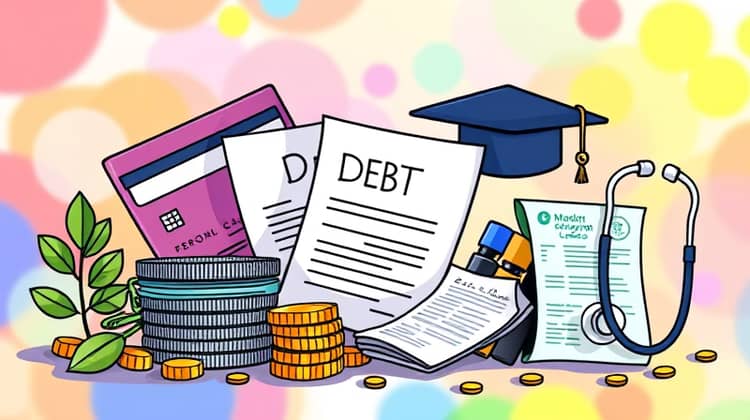
Several types of unsecured debt exist, providing various options to borrowers. The most common forms are credit card debt, personal loans without collateral, student loans, and medical debt. Each of these carries different interest rates, repayment options, and specific implications for the borrower's financial health.
- Credit Cards
- Personal Loans
- Student Loans
- Medical Debt
It is important to be aware of the terms associated with each type of unsecured debt, including interest rates and repayment options, to appropriately manage your financial commitments.
Secured vs. Unsecured Debt: Key Differences
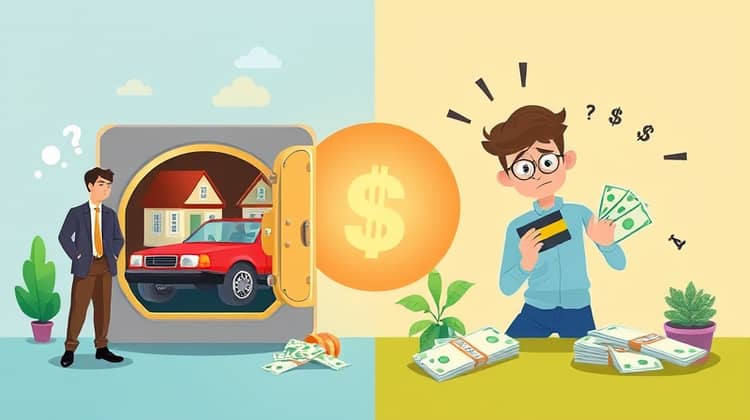
The primary difference between secured and unsecured debt lies in the presence or absence of collateral. Secured debt is backed by an asset that the lender can seize if the borrower defaults, lending a level of security to the lender that unsecured debt does not provide. This fundamental difference greatly influences the interest rates, loan amounts, and risk associated with each type of debt.
Another key distinction is the access to credit. Secured loans can often be easier to obtain for those with less-than-stellar credit scores, as the presence of collateral mitigates the risk for lenders. In contrast, unsecured loans typically require a higher credit score and financial stability, as they rely solely on the borrower’s promise to pay.
Furthermore, the consequences of defaulting differ substantially between these two debt types. Secured debt can result in losing the collateral, whereas unsecured debt primarily affects credit ratings and can lead to collections but doesn't involve the immediate loss of physical assets.
Which Is Better: Secured or Unsecured Debt?
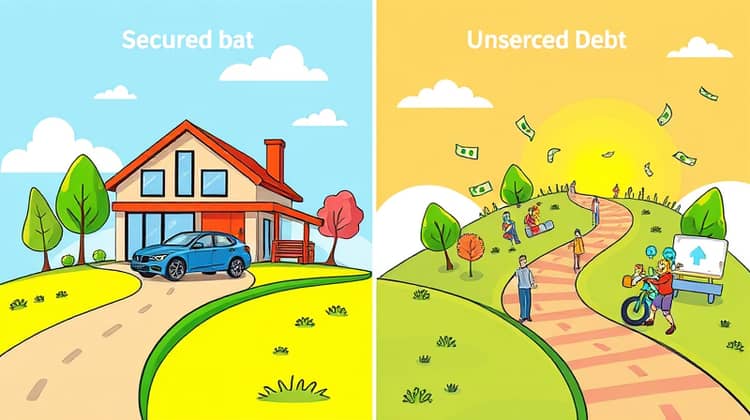
Whether secured or unsecured debt is better depends largely on individual circumstances and financial goals. Secured debt may be a fitting choice for those looking for lower interest rates and who can commit to repaying the loan without risking their collateral. This makes it ideal for significant purchases like homes and vehicles.
On the other hand, those who value accessibility and flexibility may lean toward unsecured debt, especially if they are confident in their ability to manage higher interest rates and repayment terms. Each option serves its unique purpose and can be beneficial depending on the borrower's financial landscape.
The Bottom Line

Ultimately, understanding the differences between secured and unsecured debt is essential for making informed financial decisions. Both forms of debt have their unique advantages and disadvantages, and the right choice varies based on individual circumstances, credit history, and financial goals.
Before committing to either type of debt, it's crucial to conduct thorough research and consider the specific terms, costs, and potential risks. A well-informed decision can lead to financial stability and better management of debt obligations, allowing individuals to navigate their financial future confidently.

